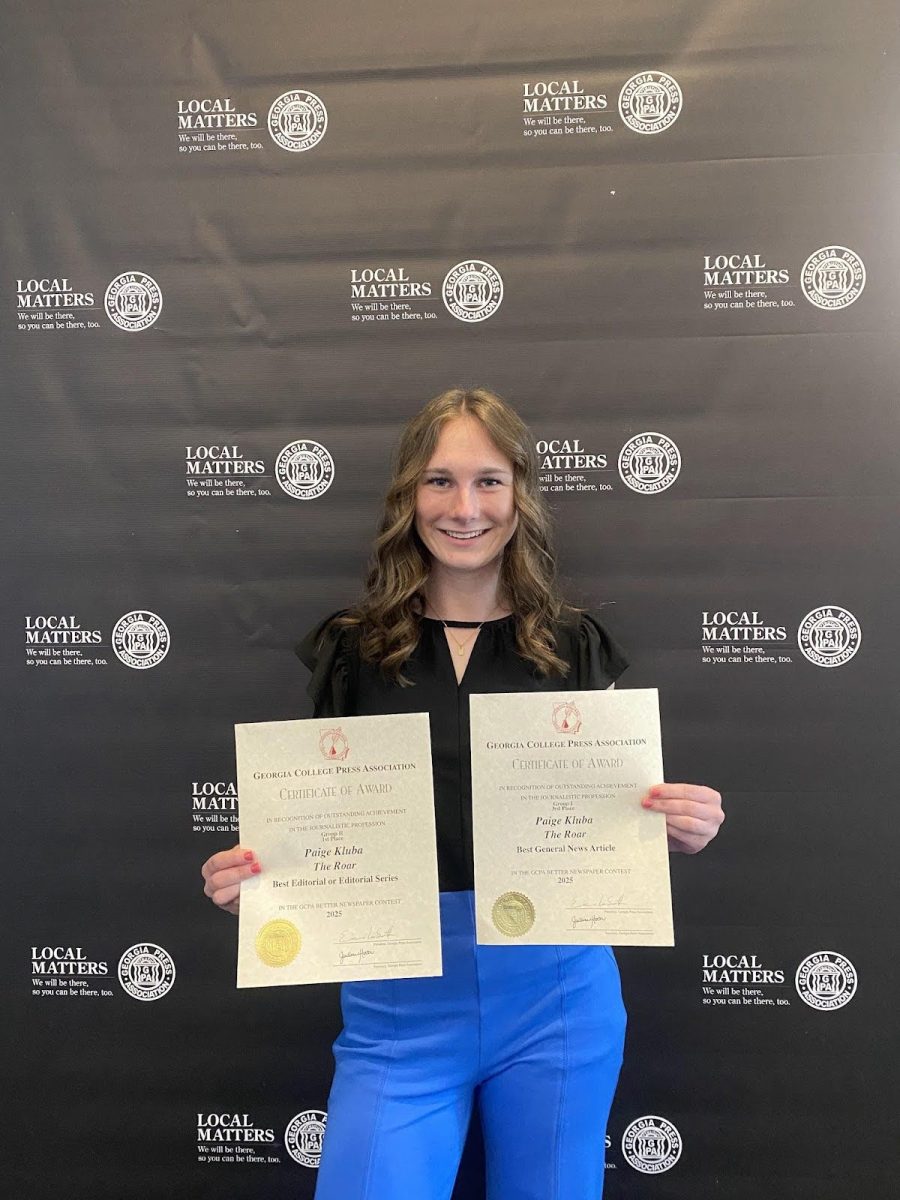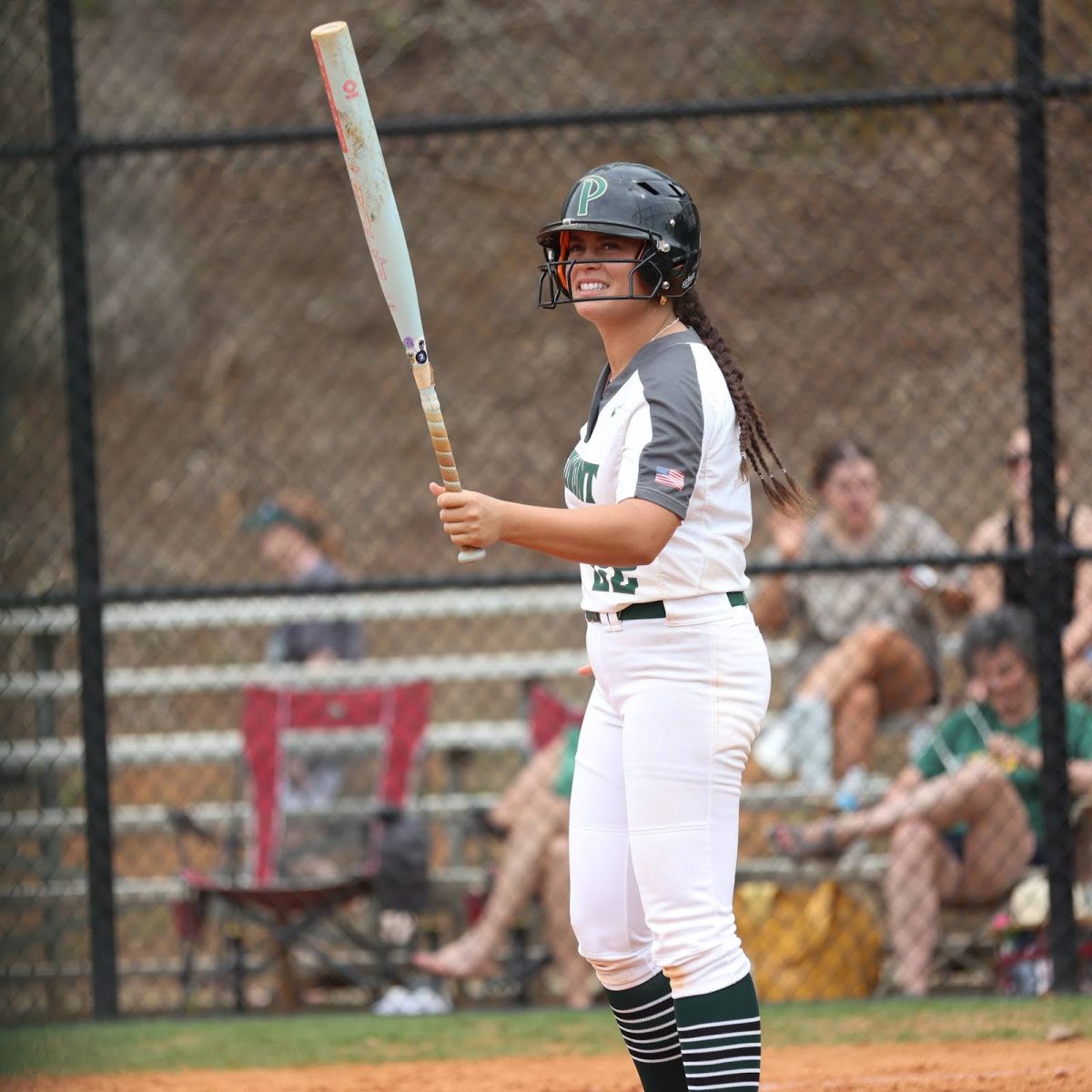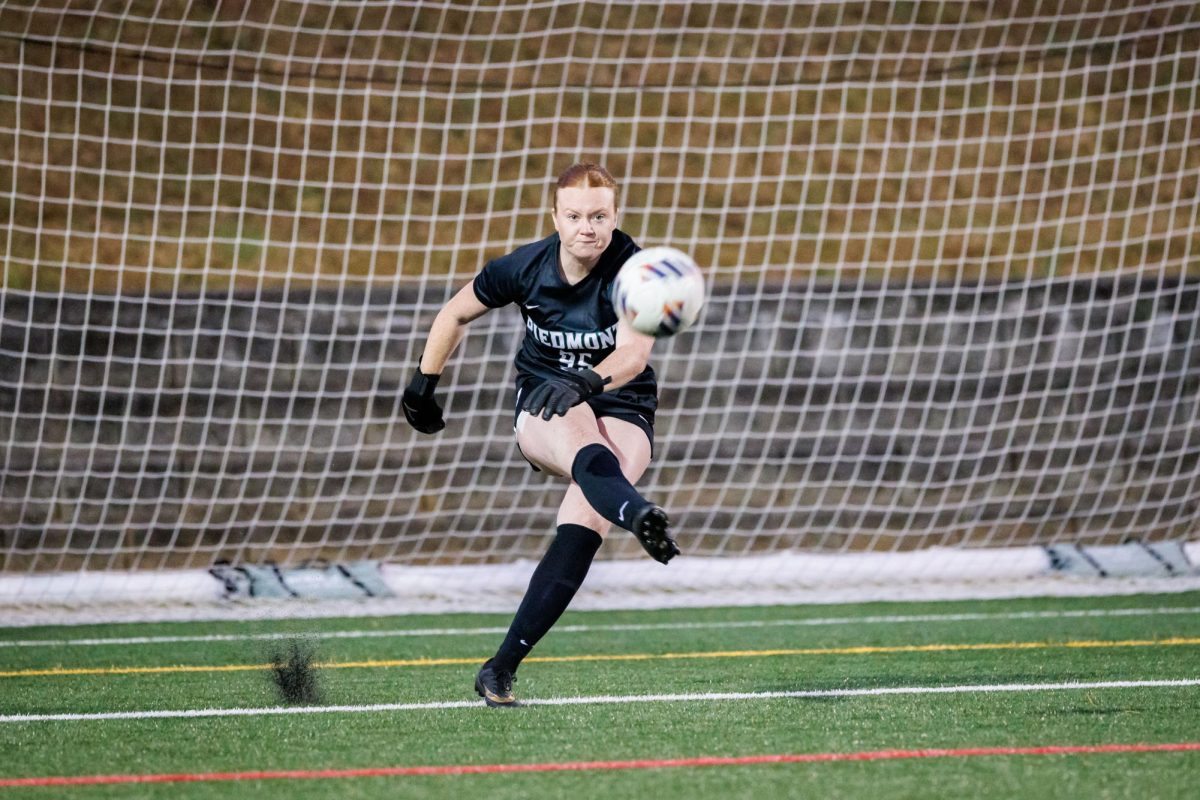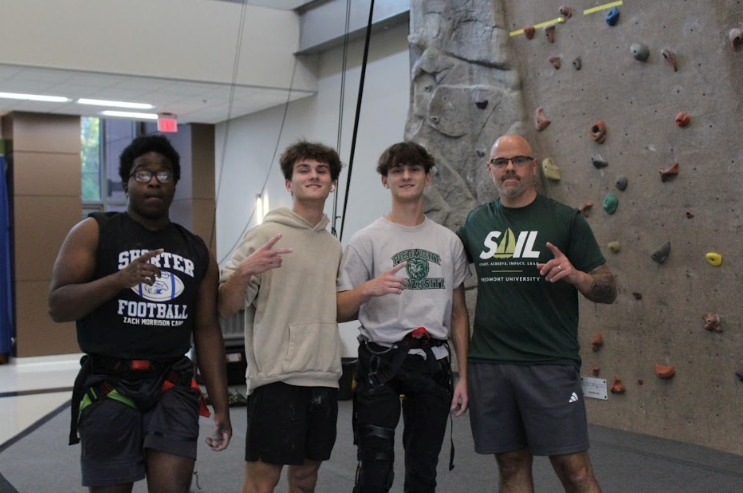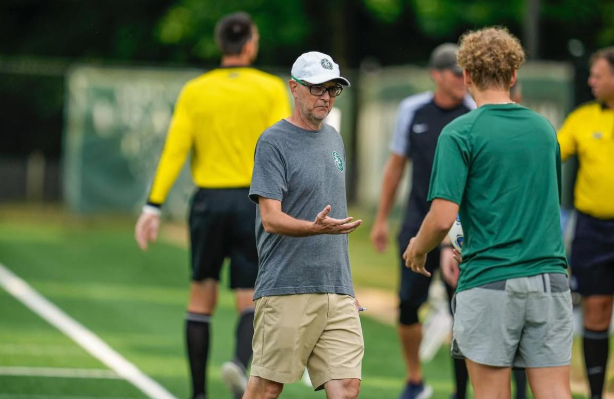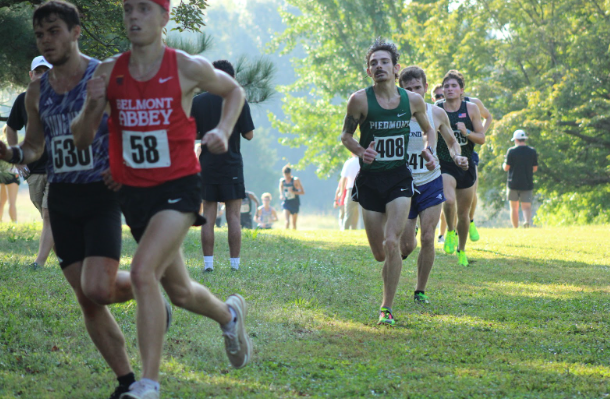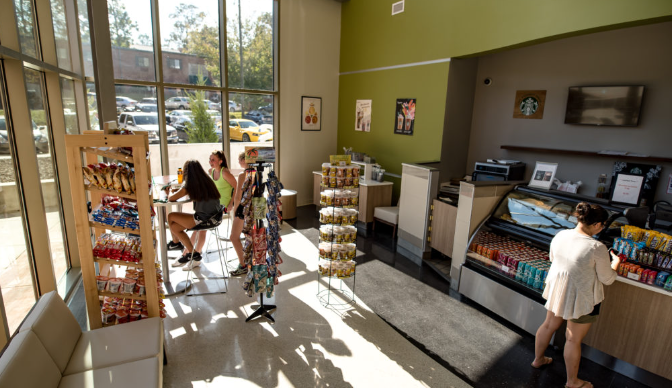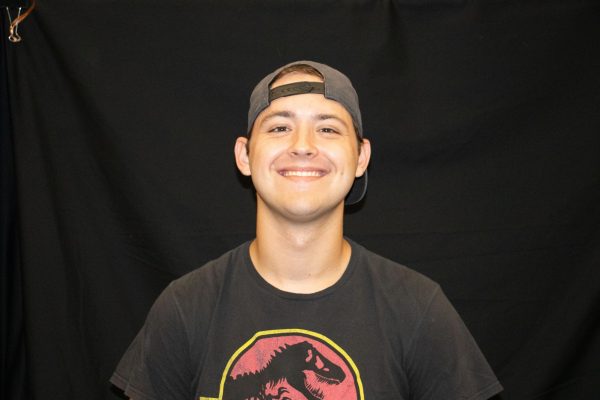College sports perhaps represent the most culturally influenced body of sports fans. College campuses embody a culture unto themselves that influences its students, and the student fan bases will frequently reflect that campus culture’s influence. For example, the campus culture found at Historically Black Colleges and Universities (HBCU’s) will differ from the culture of Predominantly White Institutions (PWI’s) because of the ethnic cultural influences. Even among institutions that fall into the same category of ethnic influence, campus cultures differ by the institution’s size, religious affiliation, ethnic “preferences” and location. A student fan base at Piedmont University will differ from the fan base at UGA; Alcorn State University will differ in its cultural influence from Fort Valley State University; Yale will differ from Emory University because of academic prestige and occupational focus. How do the sports fan bases of institutions compare?
“My days at Georgia Southern were so fun,” says Harris. “But being at a PWI, growing up in a home in a small town that has a HBCU that was the first land grant institution in the state of Georgia, being at Fort Valley State, [I was] experiencing that HBCU lifestyle literally from the time I was born until now.”
Justin “PHEW” Harris is a fourth-generation college student and a former college football player who competed for both Georga Southern University and Fort Valley State University. Harris mentioned how, as a black man, stepping onto Georgia Southern, a campus demographic that consists of predominantly white students, was a “culture shock” for him.
“I would wake up [at Fort Valley State] and I might see 98% of the population on campus is black. But at Georgia Southern, I would say about 85% of the population is white. It was a big culture shock. But I am glad I was able to make a lot of friends, and I was able to meet a lot of cool people.”
Harris transferred to Fort Valley State after entering the transfer portal. Being from Fort Valley, GA, Harris never thought he would attend the same school he grew up outside the campus of.
“I was blessed to come out with seven offers…and Fort Valley State was the first school to reach out. Never in a million years did I think I would end up back in Fort Valley, but because they were the first school to reach out on the first day I entered the transfer portal, I considered it. I did a lot of soul searching. I did a lot of praying, and I listened to God’s voice … and He led me back home to Fort Valley State University. I do not regret it one bit. It’s definitely one of the proudest days of my life…and the years that I had a Fort Valley, I will never forget it. I will cherish it forever.”
Harris said that the first thing that grabbed his attention at Fort Valley State was the number of fellow African American students. Harris described this as a bit of a “culture shock” as well.
“For one, I’m not at a big school,” says Harris. “I’m at the number one public HBCU in the state of Georgia for six years consecutively. So I’m waking up and I’m seeing my people every day. That was a difference, because I used to wake up and see white people every day. So to wake up and see nothing but my people, black people, there’s definitely a culture shock, but it definitely makes you feel good knowing that you know somebody who looked just like you would have the same interest as you, who might like to do some of the same things that you do.”
One of the biggest differences Harris noticed, aside from ethnic representation on campus as well as culture, was the money factor. However, Harris felt a sense of responsibility upholding his family’s legacy at Fort Valley. He felt at home at Fort Valley, so the money factor never led him to regret his decision, but it does highlight the disparity among different division-tier schools.
“The only thing I missed at Georgia Southern was the way I was living. I was getting the D1 lifestyle with football, getting nothing here well. For them, we might drive a bus to every game. We might have a game and we have to go to Kentucky State. We maybe have to catch a bus, but the culture and the spirit is like no other. I wake up every day, and this is just me being in a hometown where…my mom works on campus. My grandfather is in the Georgia Sports Hall of Fame. So the name holds weight on campus. So I wake up every day gladly waking up to accept the road and the challenge of carrying on the legacy that that will forever live on at Fort Valley.”
As a student-athlete for both institutions, Harris brought up the traditions that set the fan bases apart. At Georgia Southern, Harris was part of a pre-game football tradition where the coach drives yellow school busses around campus with the players on board. Fans would line up outside to cheer the team as they went down the street.
Harris says, “Right before you get to the stadium, you’ve got to go past all the frat houses. When we get to that point, the busses stop, and they are throwing champagne and beer towards the busses. Our head coach would get out through his arms up in the air. It would be just a crazy environment. It would just get you so hyped before the games.”
This school tradition already sets Georgia Southern apart from other institutions. However, it highlights the school spirit often seen from large campus universities that tries to embrace its fan base on a group level, rather than a more personalized individual level that is seen in smaller schools, or at least in this case, like at Fort Valley State. This is especially true for how the school celebrates their Homecoming game.
“See, when you have culture that’s inside the program, inside the school- that’s what I love about the HBCU lifestyle,” says Harris. “At Georgia Southern’s Homecoming, you had your alumni that come back, but they don’t really celebrate like how we do at an HBCU. At an HBCU, you have a home week of events…You have the big game on Saturday that’s going to be sold out. If your football team is winning [football games], [fans] are going to come. Both sides of the stadium are going to be filled out…the parking lot where the tailgating is going on, you’ve got 1000 people just out there who aren’t even going inside the game because the game is already filled up with fans on both sides.”
All in all, college student fan bases are influenced by a multitude of factors that come from the campus’s overall cultural demographic. Whether a student attends a smaller school versus a larger school, Division I or Division II, private or public, HBCU or PWI, the student embodies what differentiates their school from others. The fan base, as a collective body of students, embodies the school’s culture and influence. It roots a sense of personal pride for the school they go to, and it doesn’t make the fan base more or less identified with their school’s sports teams.



